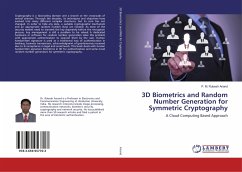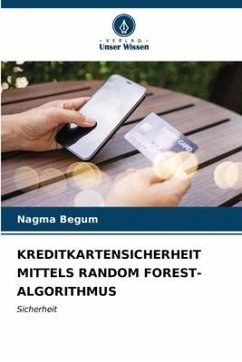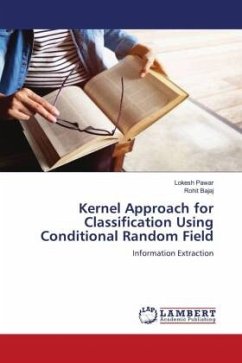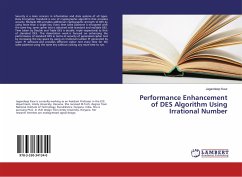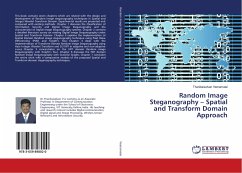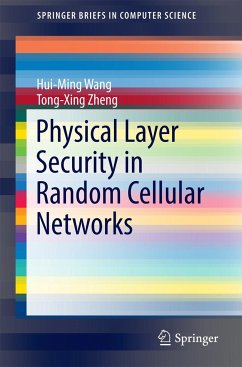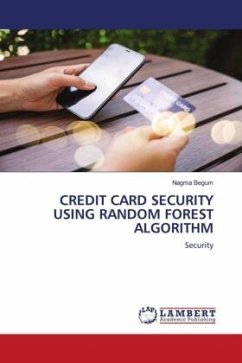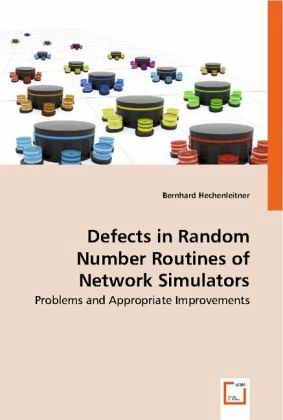
Defects in Random Number Routines of Network Simulators
Problems and Appropriate Improvements
Versandkostenfrei!
Versandfertig in 6-10 Tagen
39,99 €
inkl. MwSt.

PAYBACK Punkte
20 °P sammeln!
Computer simulation is one of the most important methods for analyzing telecommunication networks. Simulations in this field often require parallel streams of random numbers. Many simulation tools used by the scientific community in this area are not aware of the sensible task of generating uncorrelated random numbers. Their built-in generators are old and weak, thus producing severely wrong simulation results in certain scenarios. This book considers two of the most popular simulation tools for the field of telecommunication and shows the weaknesses of their random number generators in the co...
Computer simulation is one of the most important methods for analyzing telecommunication networks. Simulations in this field often require parallel streams of random numbers. Many simulation tools used by the scientific community in this area are not aware of the sensible task of generating uncorrelated random numbers. Their built-in generators are old and weak, thus producing severely wrong simulation results in certain scenarios. This book considers two of the most popular simulation tools for the field of telecommunication and shows the weaknesses of their random number generators in the context of elementary simulation scenarios utilizing parallel streams of random numbers. Improvements in terms of incorporating more modern generators are proposed, implemented and validated. Improvements can also be achieved if parameters are used which are more aware of the multidimensional characteristic of complex, parallel simulation scenarios. In order to find parameters of good quality over a wide range of dimensions, a parallel approach implementing exhaustive and random search methods is proposed. All results are provided by means of a web-based application and database server.



